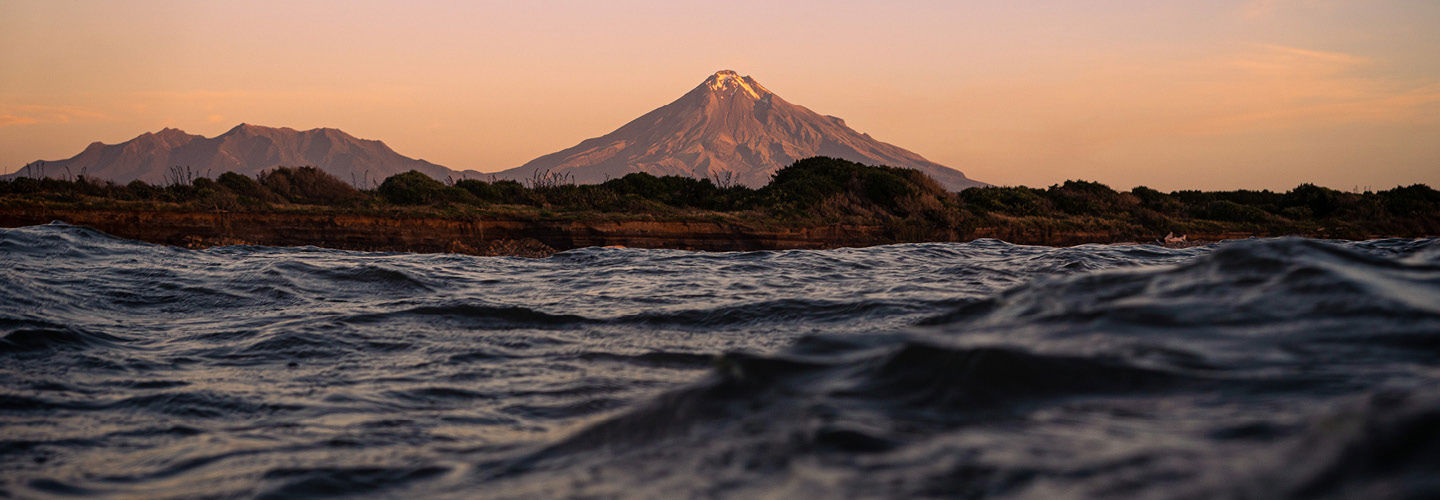If you are near the coast, remember, if it’s long or strong, get gone!
A tsunami is a series of powerful waves with strong currents. They are mostly caused by underwater or coastal earthquakes, and sometimes by underwater landslides or volcanic eruptions.
Most tsunamis resemble very strong, fast tides, rather than waves. Tsunami can extend several kilometres inland in low-lying areas.
All of Taranaki coastline is at risk of tsunami. Knowing the warning signs and the right action to take can help save lives.
Tsunami threat in Taranaki
Tsunamis are not one of the major hazards for the Taranaki region.
The risk to community infrastructure from tsunami is lower in Taranaki than in other regions due to the many high coastal areas and cliffs.
However, some low-lying communities on the coast or in river estuaries do have a higher risk.
Get ready for a Tsunami
- Check if you are in a Tsunami Zone and know the evacuation zones in your area.
- Plan multiple evacuation routes for you and your whānau. It is important to do this before rather than during a Tsunami emergency.
- Have a Grab Bag ready – If you have to evacuate think about what you might need if you are away from your home for several days.
Natural warnings
If you are on the coast and you.
- Feel a strong earthquake that makes it hard to stand up or a weak rolling earthquake that lasts a minute or more,
- See a sudden rise or fall in sea level,
- Hear loud and unusual noises from the sea…
Don’t wait for an official warning…
- Go immediately to the nearest high ground or as far inland as you can, take the route that is quickest for you. Do not stay at home. If possible, run, walk or cycle when evacuating from a Tsunami - you don’t want to get stuck in traffic in a Tsunami zone.
- Don’t go to the shore and watch.
- Listen to the radio and follow the instructions of emergency services.
- Stay away from exposed areas until the official all-clear is given by authorities and emergency services.
- Take your emergency grab bag and pets with you if you can.
Official warnings
- If a Tsunami is coming from further across the ocean, we have more time to warn people.
- Tsunami advisories and warnings are issued by the National Emergency Management Agency and are published on civildefence.govt.nz, on Facebook @NZCivilDefence and broadcast on radio and television. An Emergency Mobile Alert may also be issued if land areas might be flooded.
- Advisories and warnings, and advice on what zones to evacuate from, will also be issued by your local city or district council through their websites, social media, tsunami sirens (if installed), Emergency Mobile Alerts, mobile text, loud hailer or other local arrangements.
- Only return home when you have been told it is safe to so by an official source such as emergency management or other emergency services.
- Stay away from coastal water, tidal estuaries, rivers and streams for at least 24 hours after any Tsunami or Tsunami warning, as even small waves create dangerous currents. There may also be debris in the water for weeks after a large Tsunami.
- If there was an earthquake, expect aftershocks. Aftershocks may generate another Tsunami so be prepared to evacuate again.
- Stay away from damaged areas. You might hamper rescue operations, cause further damage, or put yourself at risk.
Tsunami Evacuation Zones
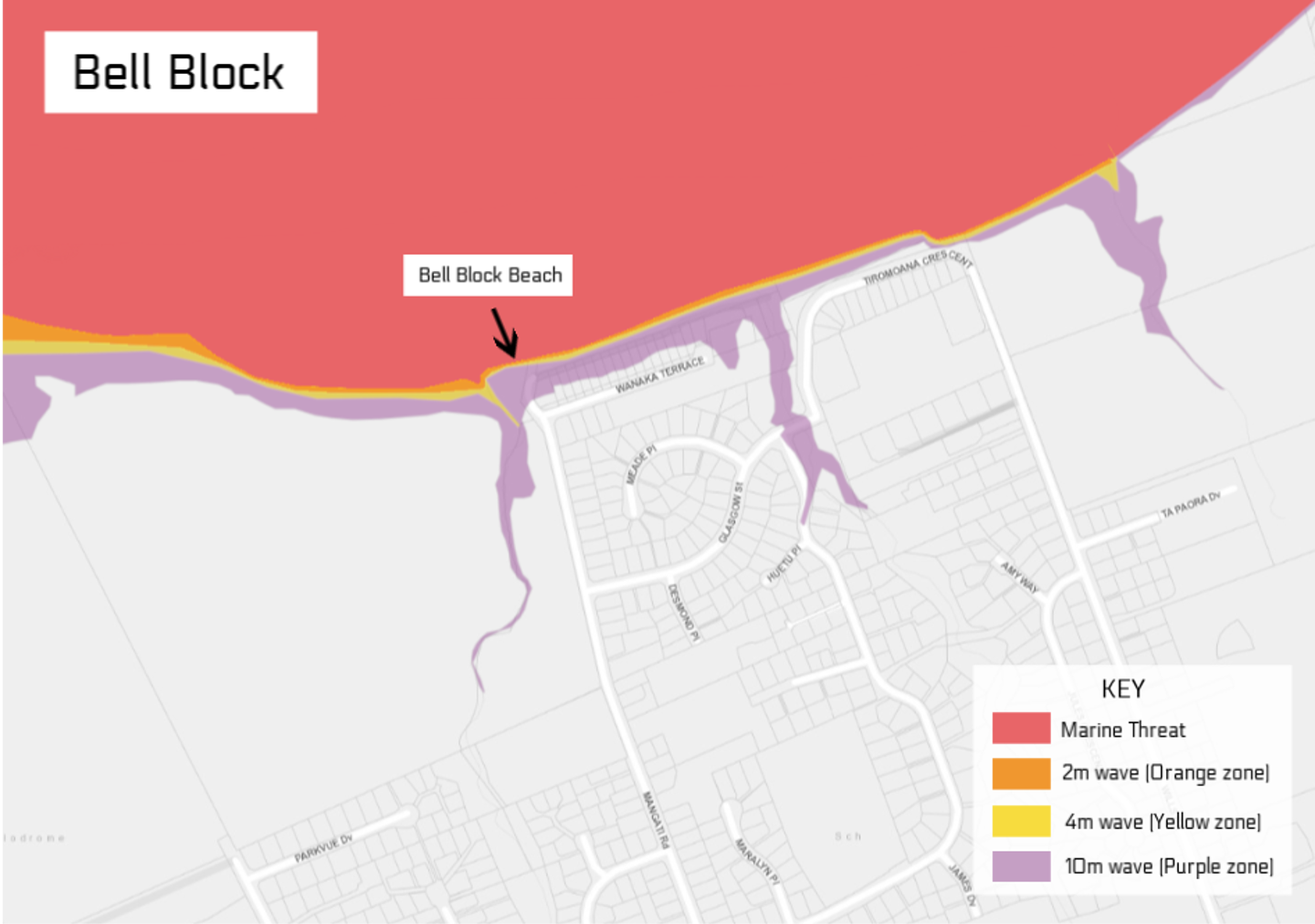
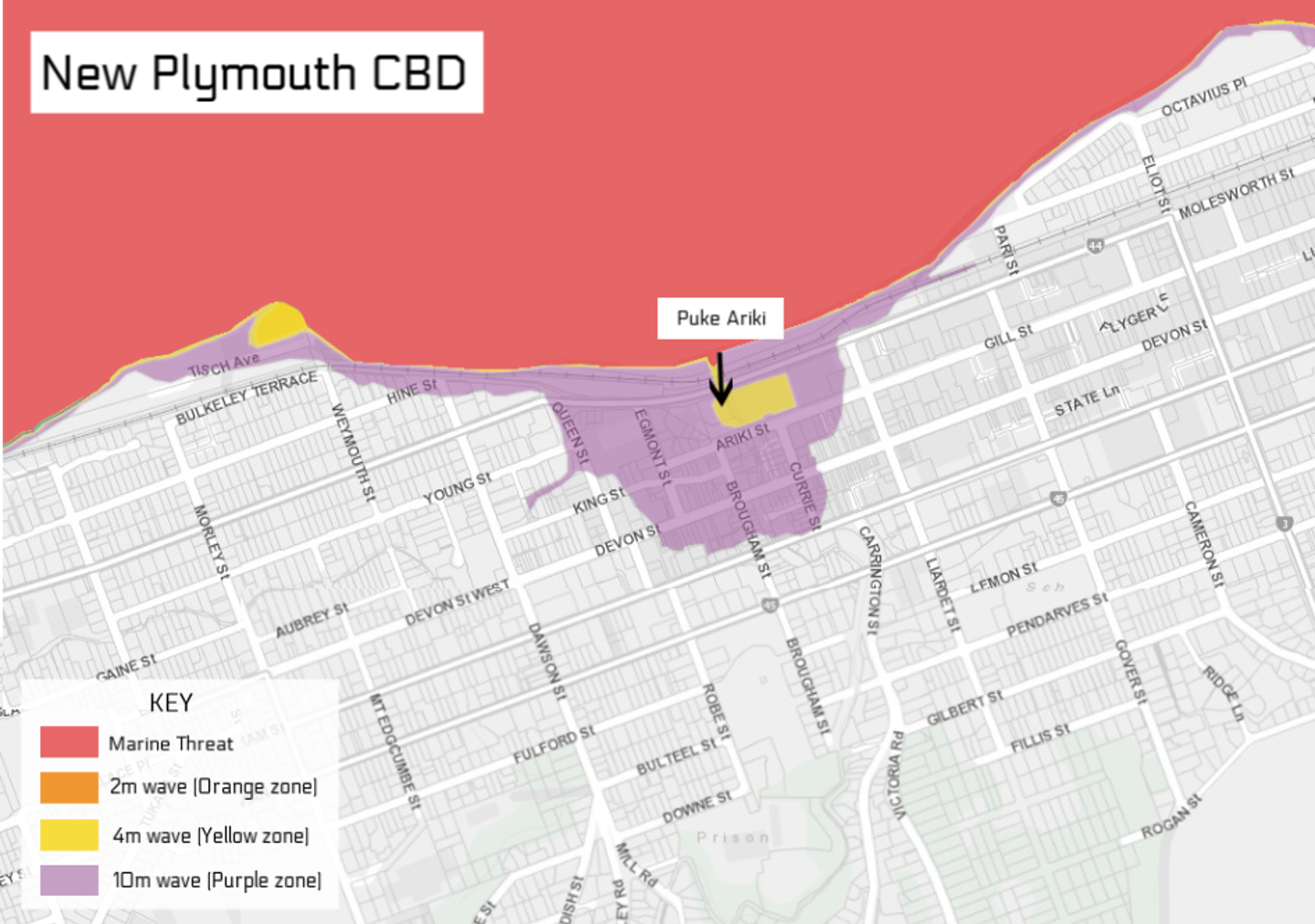
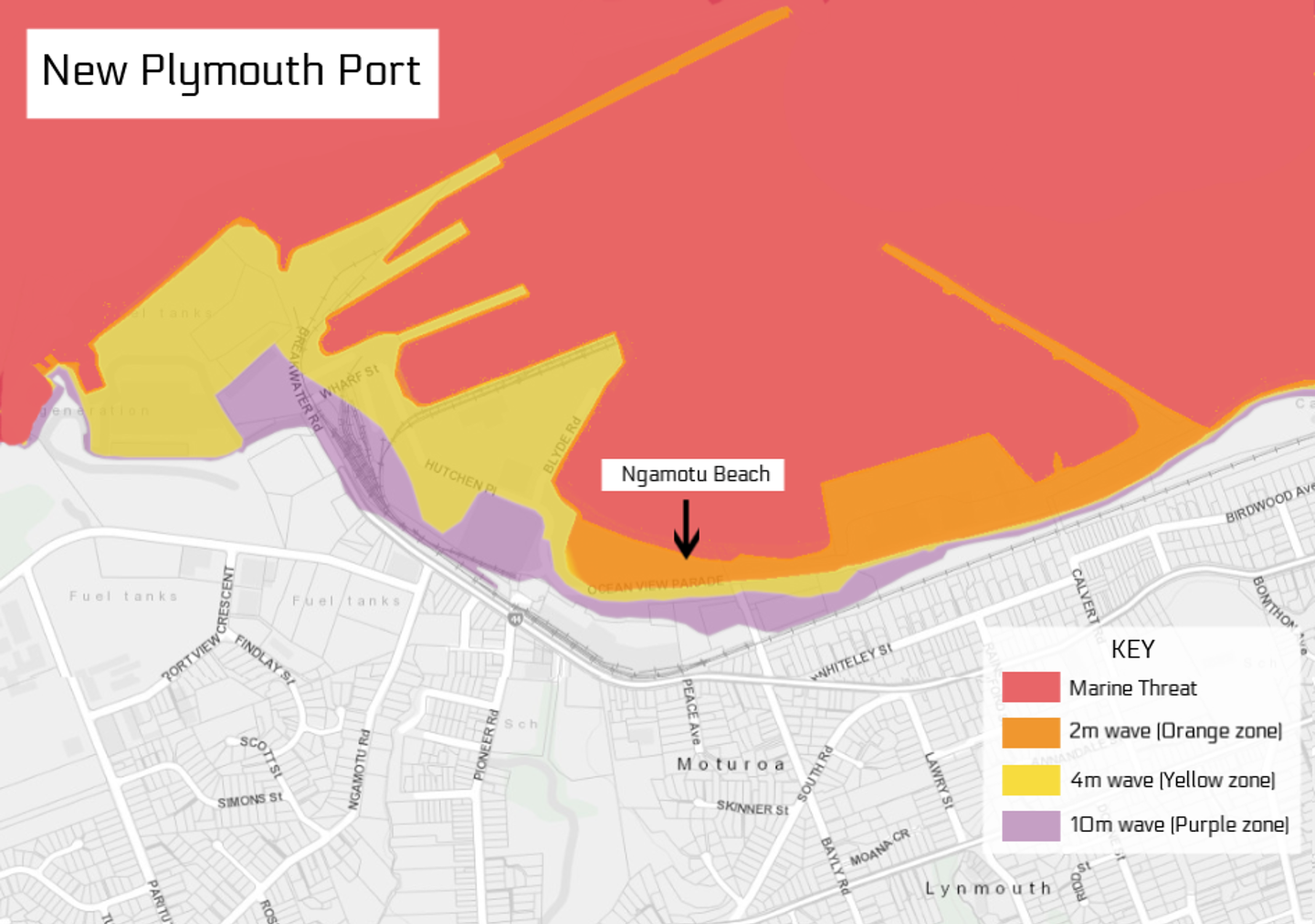
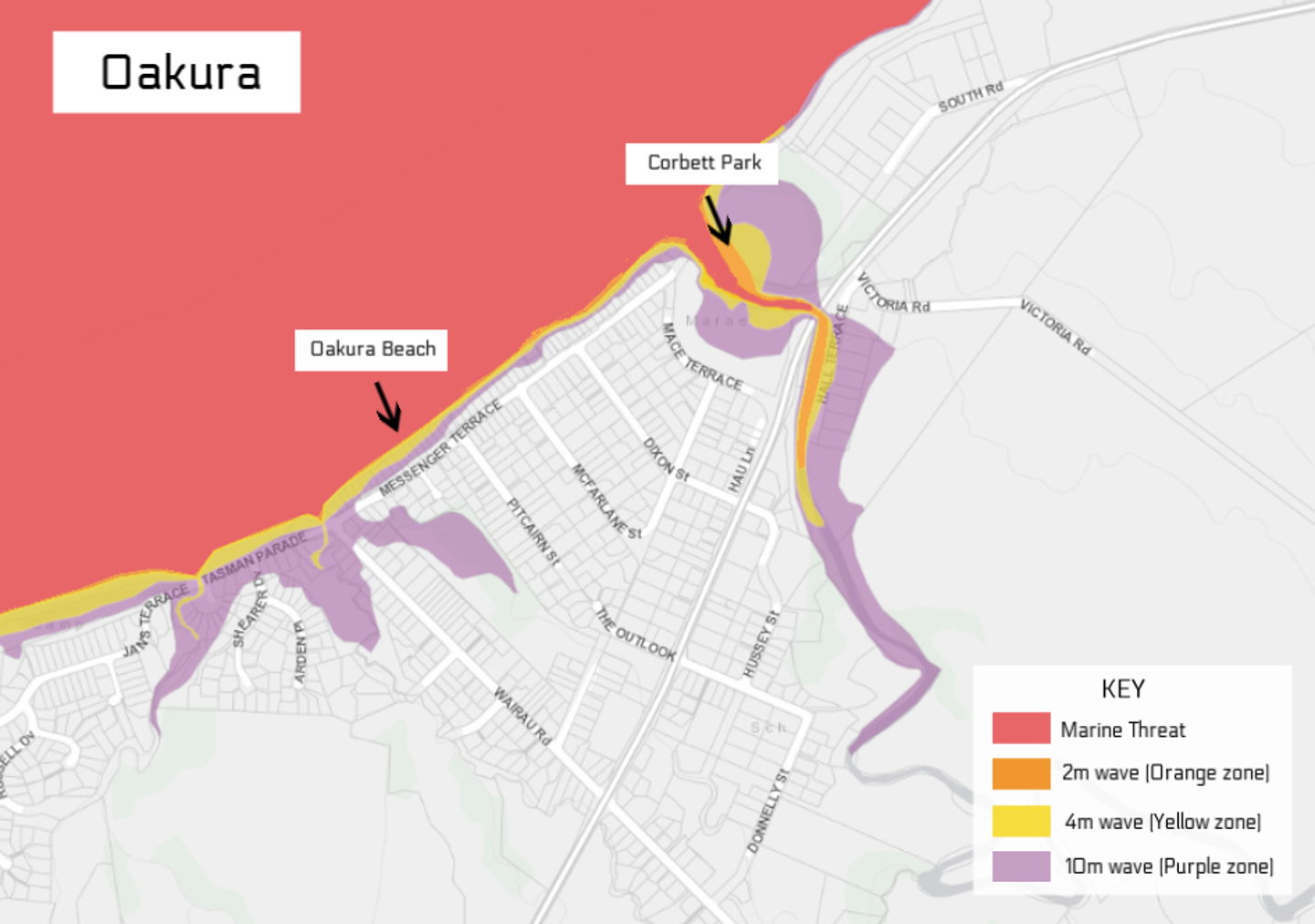
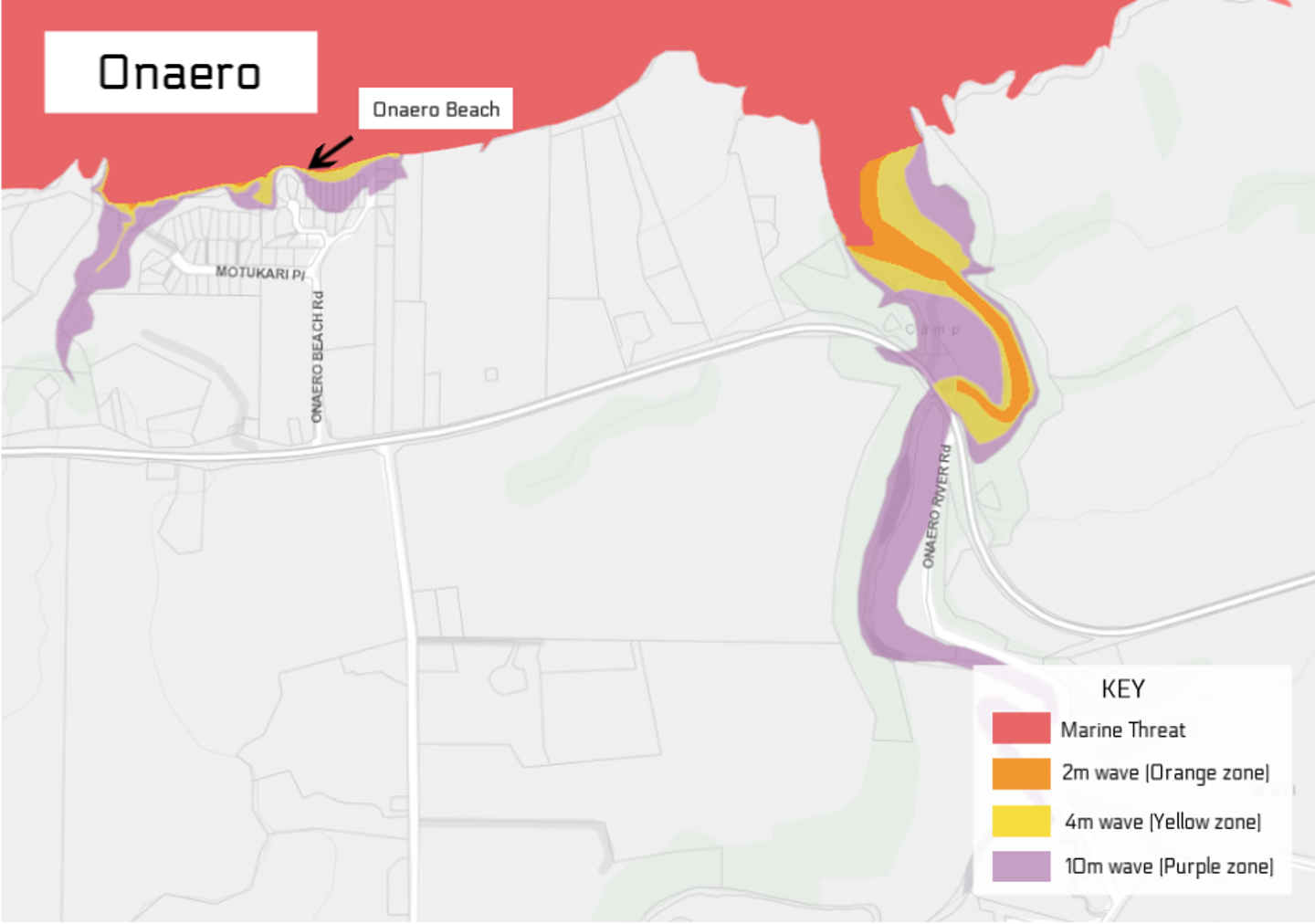
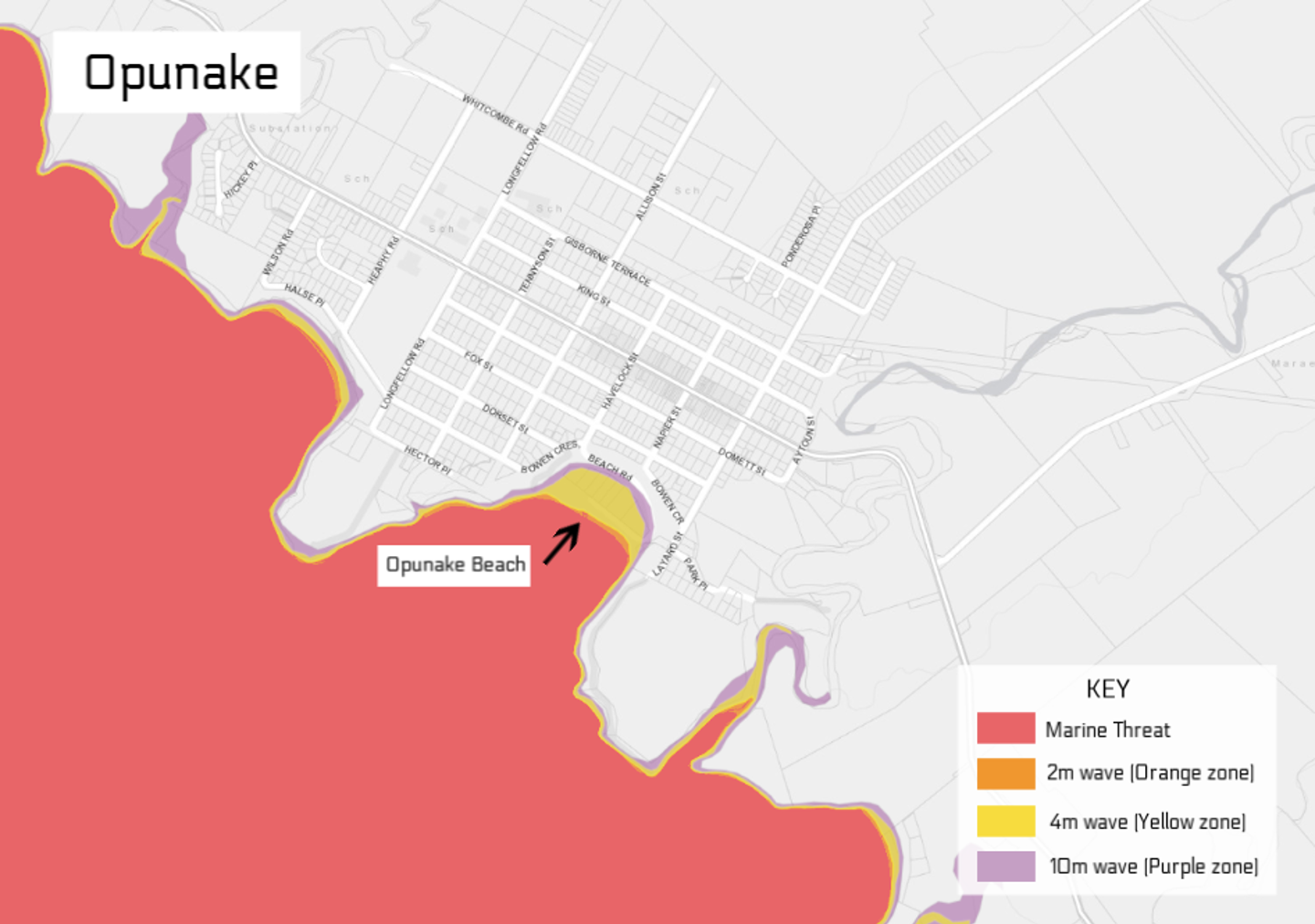
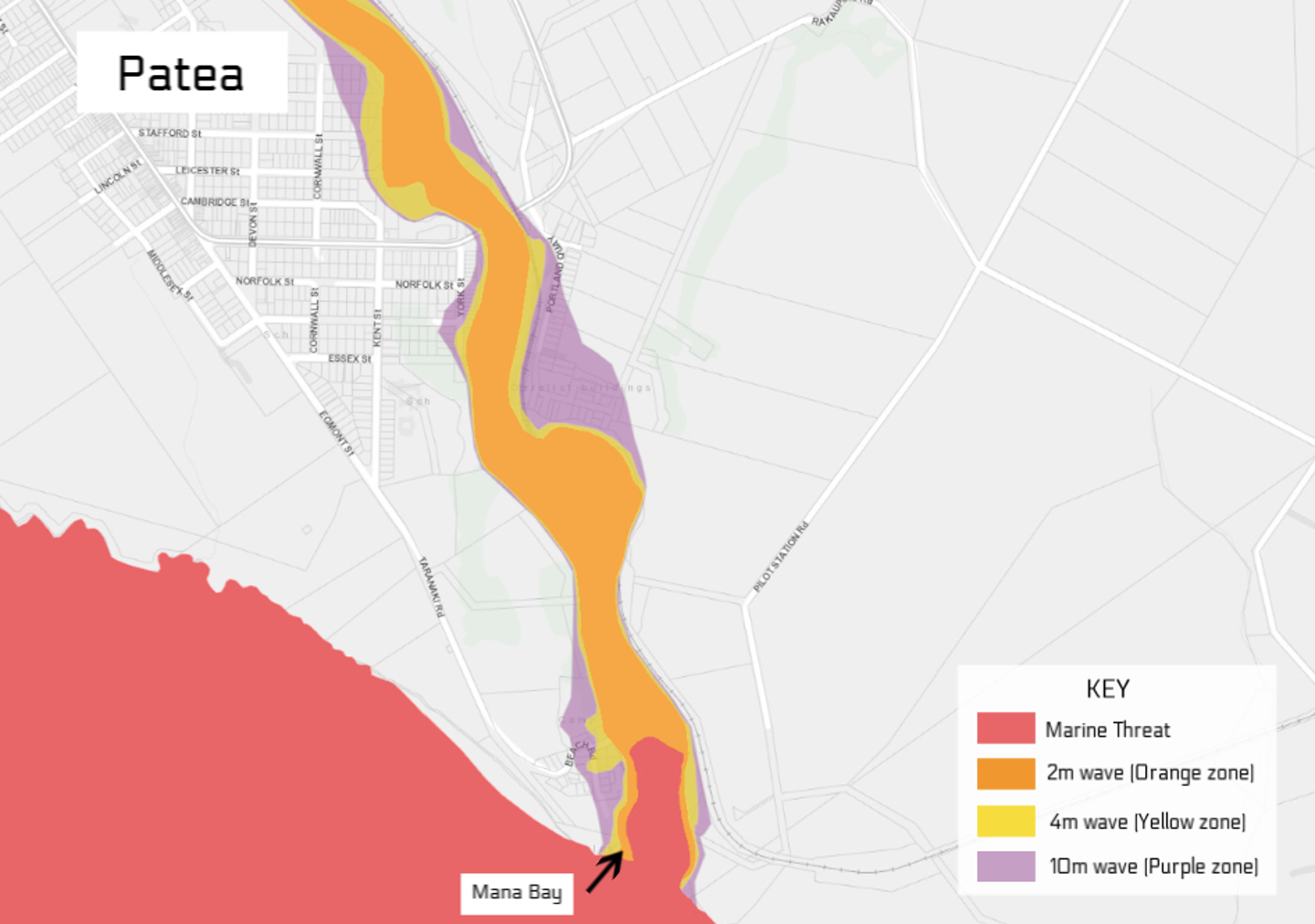
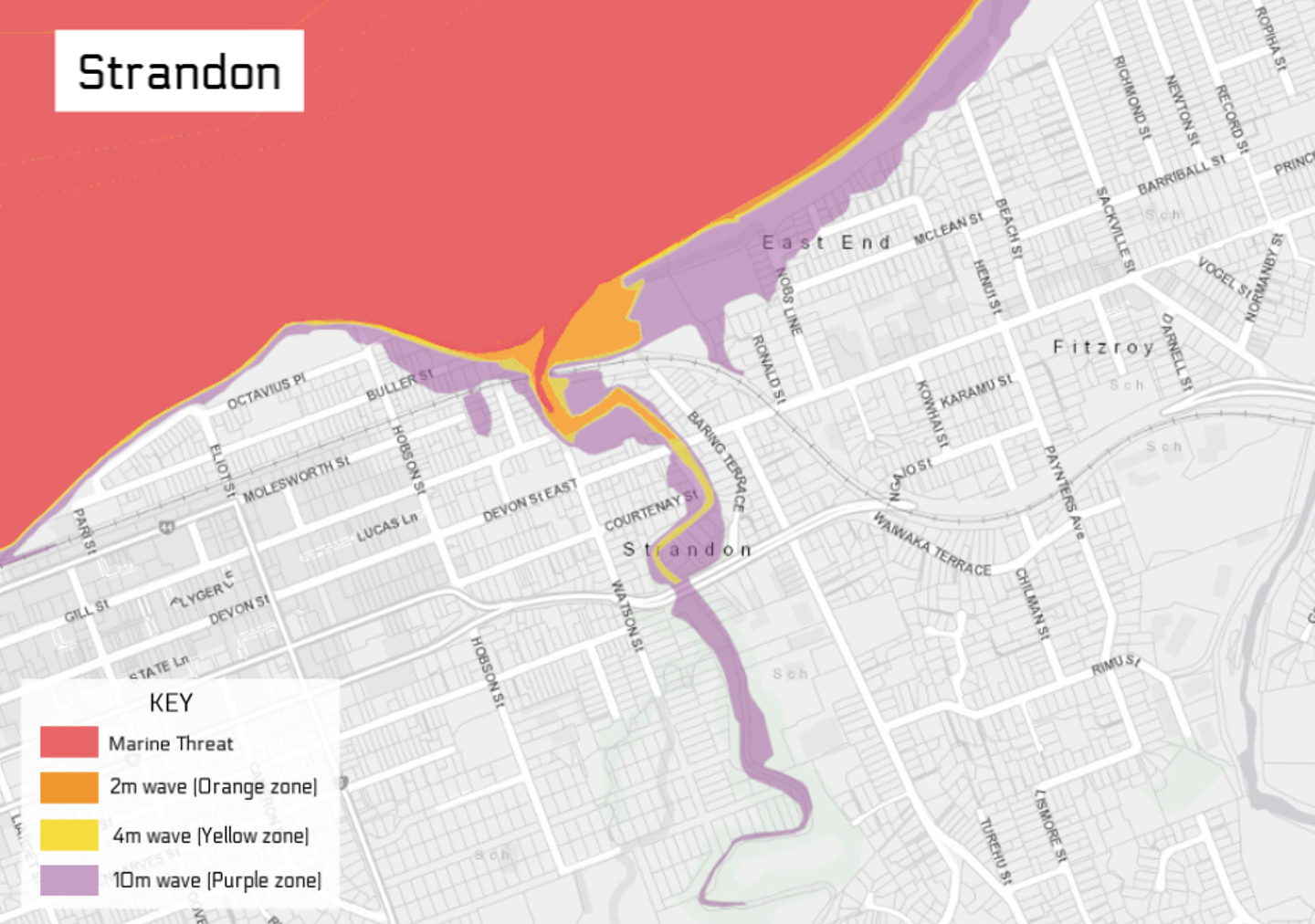
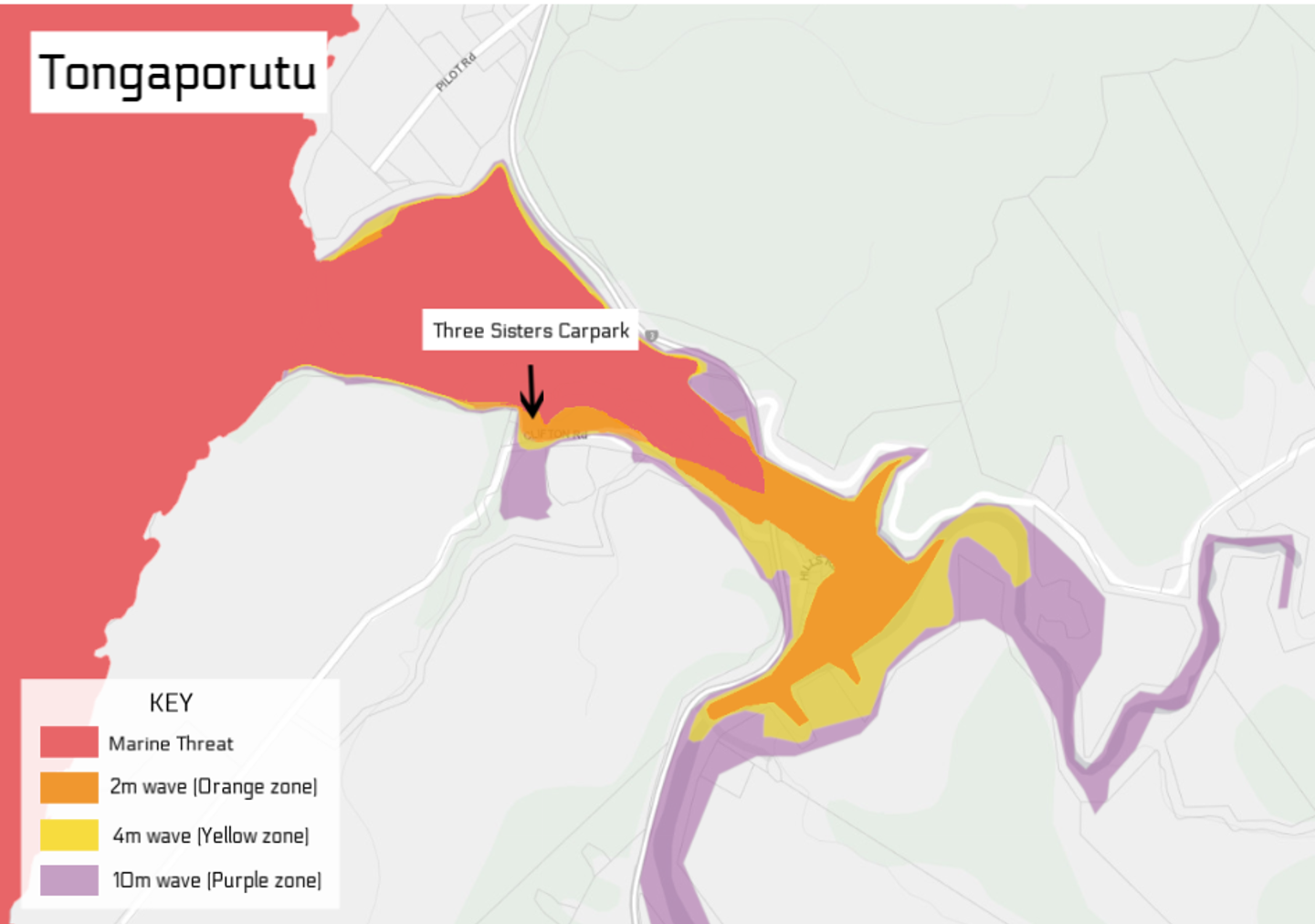

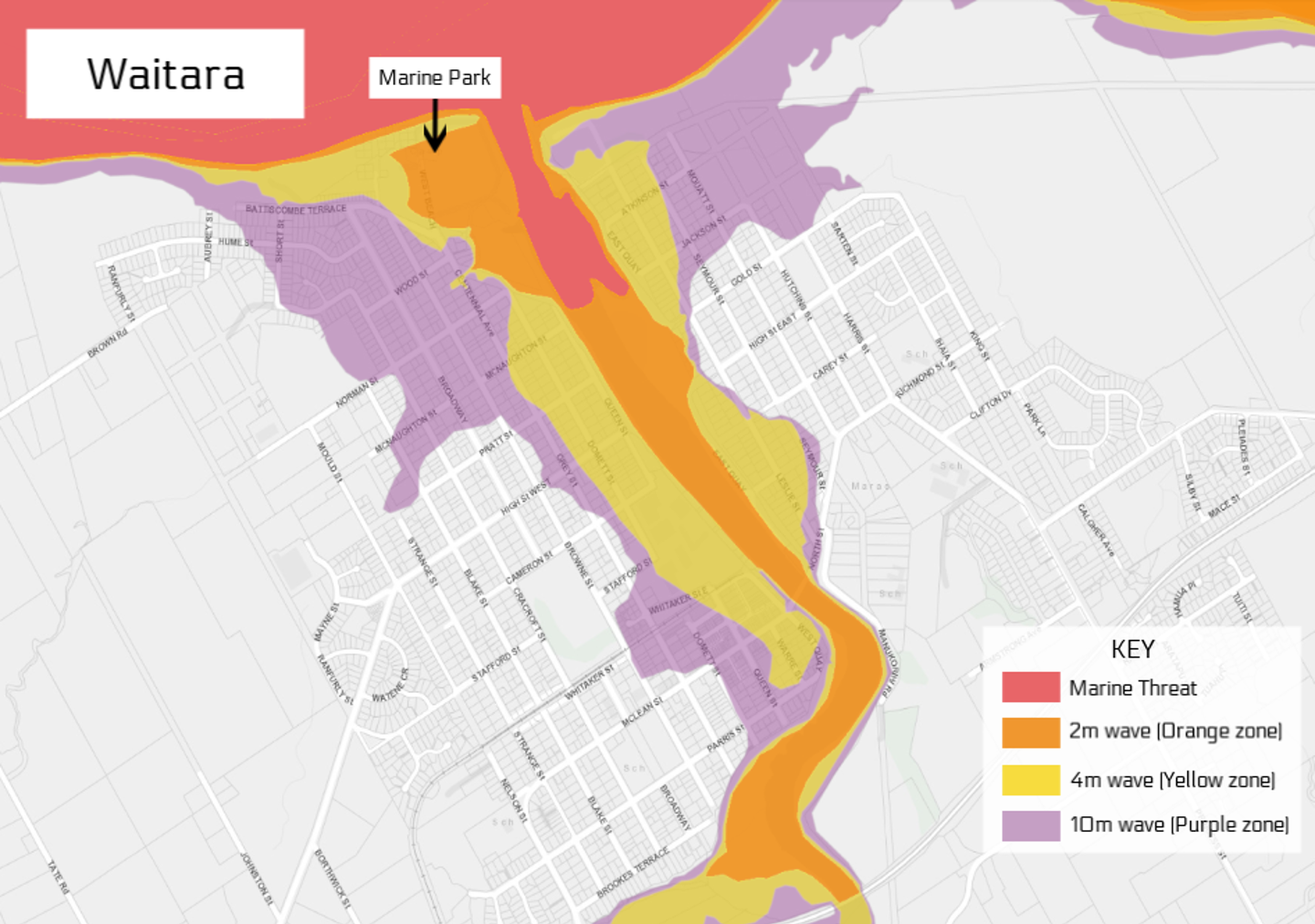
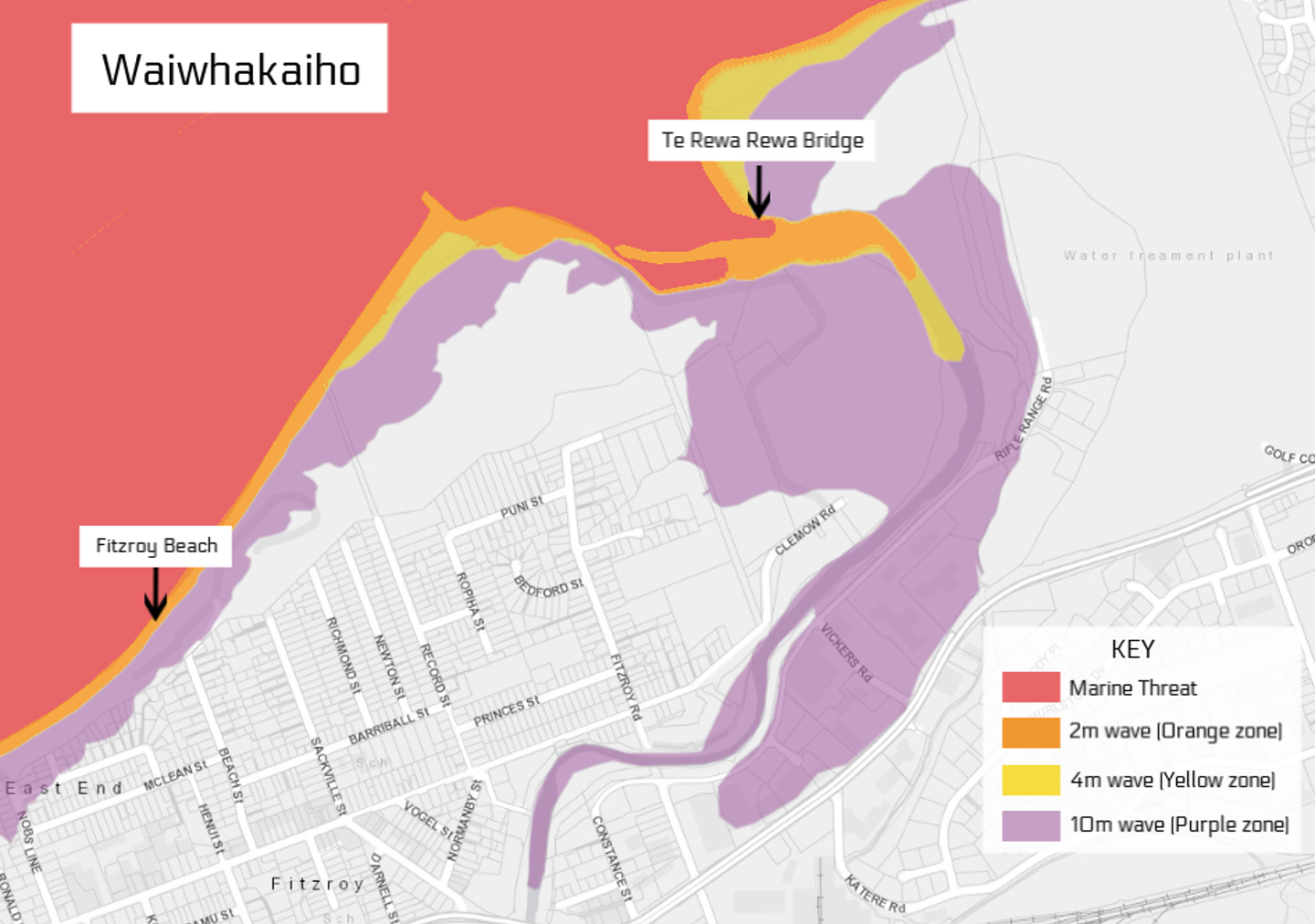
🔴 Red Zone: The Red Zone is the beach and marine environment (including harbours, rivers and estuaries), and some very low lying areas. You should always evacuate this area if there is any sort of tsunami warning, whether that warning comes from unofficial sources, official warnings, or immediately after any long or strong earthquake.
🟠 Orange Zone: The Orange Zone would be evacuated if there was a medium to large tsunami threat. This may be from a tsunami sources more than one hour of travel time away from the mapped location. Alerts (radio, Emergency Mobile Alert, Red Cross Hazard app) and evacuation advice would be issued by Emergency Management and distributed to the public. Evacuate this area if there is any sort of tsunami warning to or immediately after any long or strong earthquake.
🟡 Yellow Zone: The Yellow Zone is the evacuation zone for the most likely large scale tsunami in Taranaki. This may be from a tsunami sources less than one hour of travel time away from the mapped location. Evacuate this area if there is any sort of tsunami warning, whether that warning comes from unofficial sources, official warnings, or immediately after any long or strong earthquake. The earthquake may be the only warning of a tsunami, so do not wait for further instructions, notifications or advice, evacuate immediately to outside the evacuation zones after the shaking has stopped.
🟣 Purple Zone: The Purple Zone is the zone that would be evacuated during an extremely large Tsunami. This is the upper limits of what we expect in Taranaki and isn't very likely. In any tsunami, it's always best to get as high as you can or as far inland as possible to ensure your safety.

